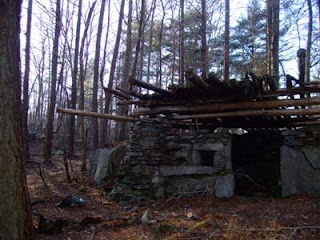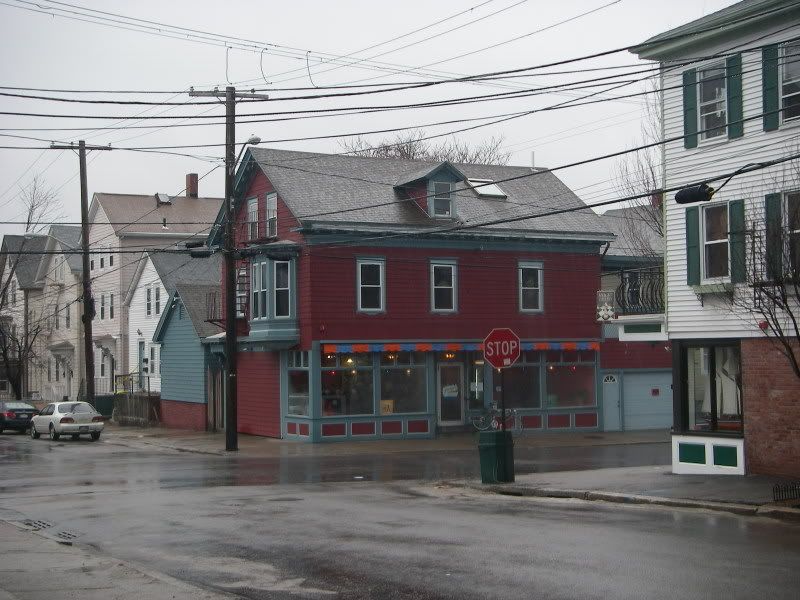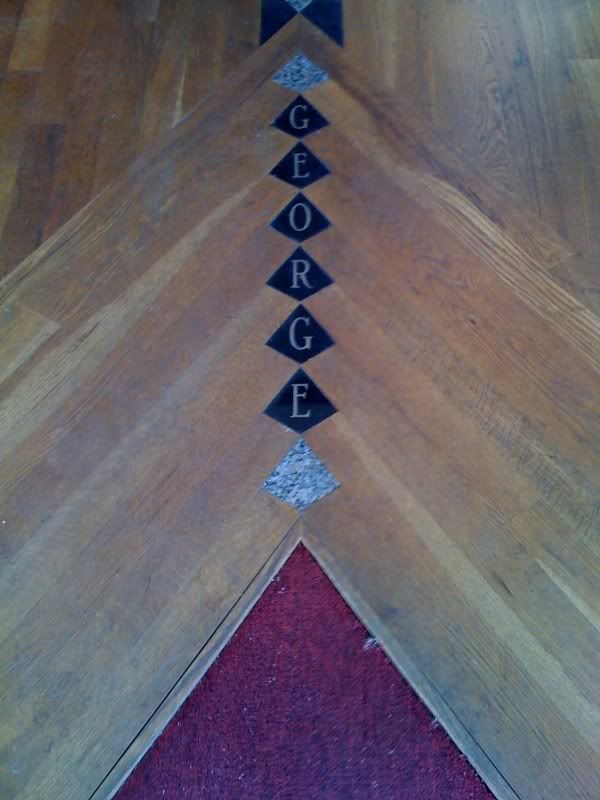Touring the campus of RISD prior to my enrollment, I asked the student tour guide what kind of sub groups were established at RISD, and what departments had stereo type students. After continuing to explain my question the student could only think of a group of Asian students who liked to design cell phones in I.D. We continued our tour to the apparel department where he informed he did not know any apparel students and did not know anyone who knew apparel students.
I learned of the extent of disconnect after enrolling in RISD. Small self made communities are rarely seen around campus. Student and faculty rarely exchange conversation out of class. Even in passing fellow students avoid saying hello. The whole thing gave me a complex until I learned this was an occurrence not limited to myself.
The side walk contact Jacobs describes in the book, “Death and Life of Great American Cities”, refers to trust acquired from interactions though public space. Becoming familiar with people in public interactions allows communities to gain trust and knowledge. In connecting with people in simple community interactions, such as grocery shopping, laundry, and playing in the park we are familiar with faces and general trust grows. Trust is essential in the formation of community. Jacobs describes how trust is established in a community, “The trust of a city street is formed over time from many, many, little public sidewalk contacts”. (56)
The one place on campus with a consistent street life is the location in front of Benson Hall, the print making building. Students have claimed the stoop, providing the community a familiarity about who these printmakers are. Although I have never had any personal connection and usually avoid walking throught the crowd that forms, I am familiar with faces, in part with my sense of the printmaking identity and my general trust of these faces in public.
This space is one of a few where students can be seen gathering outside. Sidewalk interaction is not strongly encouraged in the RISD campus. In the new Chase Center, public hang out space is located under the building, out of sight from the street. Keeping these spaces out of the view of larger community enforces a segregation of the RISD community form the surrounding community. Placing student gathering areas such places also reinforces the separation of student and faculty. When students are separated from the whole community, a lack of trust, knowledge, and communication forms, reinforcing the separation.
Public areas where students would have interactions with faculty are limited, and minimal space is open to the public. In coffee shops that are used by faculty and students there are no chairs or tables. In cafes like Watermark that promote being open to the public, gaining access to the establishment, patrons have to climb an intimating stairway.
The general frustrations shared within the RISD community could be partially solved with sidewalk interaction. Independent stores, Laundromats, coffee shops and bars, would help students, faculty, staff and the public gain trust with each other. Subgroups would have a stronger support system, and students would not be limited to interaction only within their department. Knowledge would spread further with more connections forming in the community, thus making the community whole.



















































